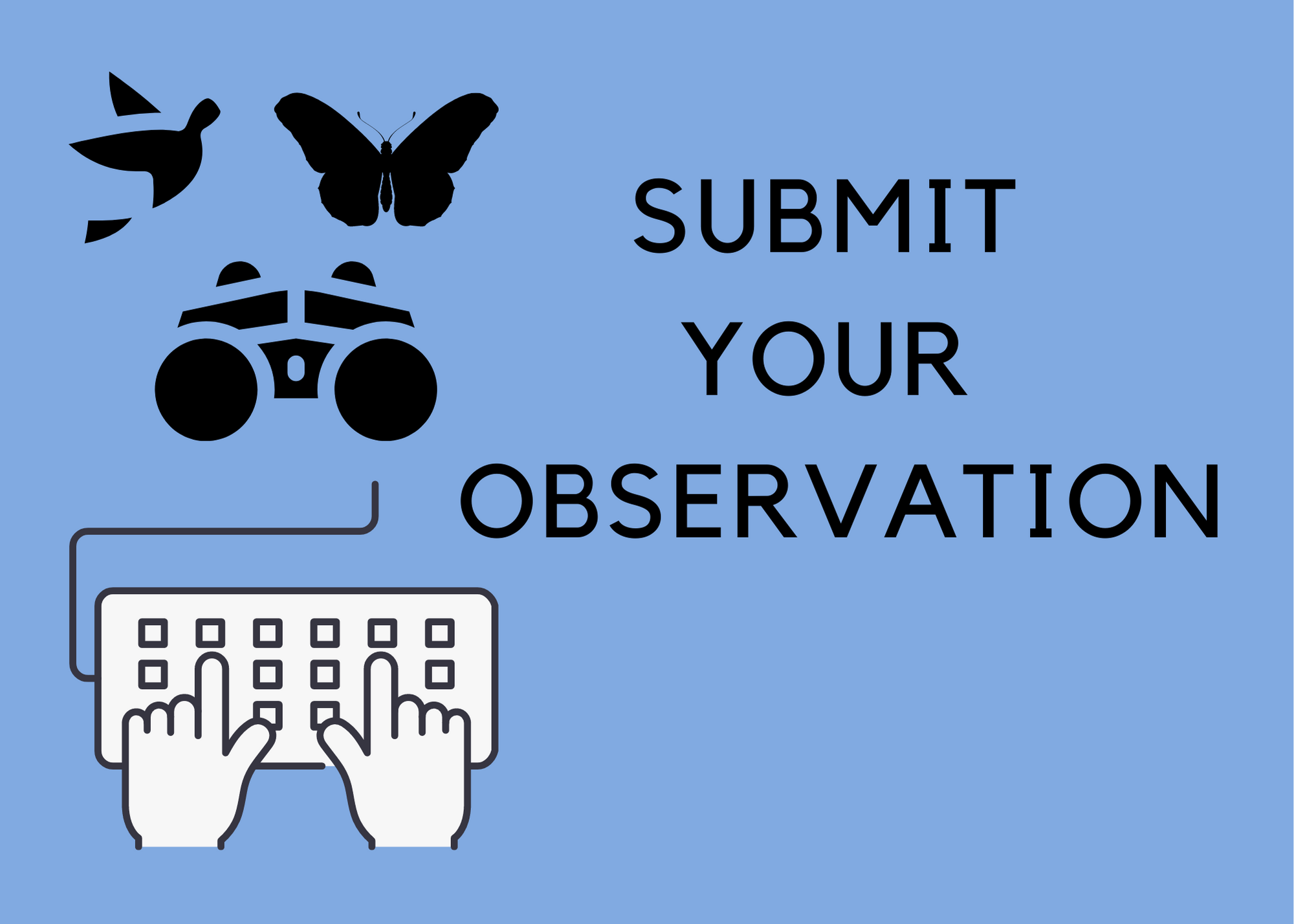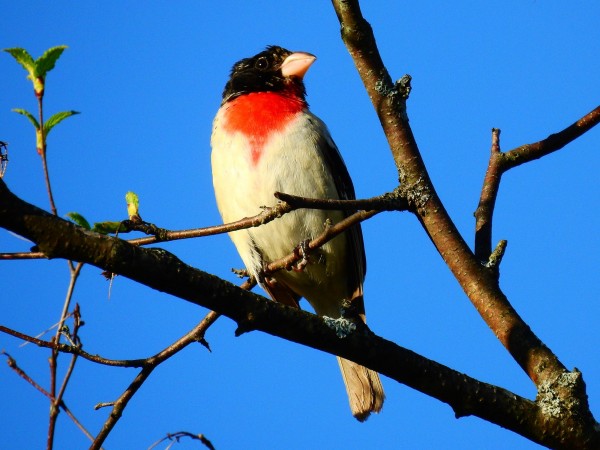World Migratory Bird Day: The importance of insects and an update from David Aborn
Among the greatest threats that local birds face is a continued decrease in insect populations – that’s why this World Migratory Bird Day 2024 is focusing on the six-legged species that make up a key cog in the food cycle.
Weather and songbird migration
How is rain and weather influencing migration? Which birds are on the move? Dr. David Aborn returns to offer insights into this question.
"Migration keeps chugging along at a slow but steady pace. The weather over the past couple of weeks has not been the best, with lots of rain interspersed with short breaks of good flying weather. Birds have been taking advantage of those short breaks to really make progress north."
Read Dr. David Aborn’s Weather Forecasts & Migrating Songbirds Report for 2024
World Migratory Bird Day
Among the greatest threats that local birds face is a continued decrease in insect populations – that’s why this World Migratory Bird Day 2024 is focusing on the six-legged species that make up a key cog in the food cycle.
While every day is bird day, World Migratory Bird Day is officially celebrated on the second Saturday in May in Canada and the United States. That’s this Saturday, May 11. In Mexico, Central and South America and the Caribbean, World Migratory Bird Day is Oct. 12.
Along every step of the migratory journey, as well as during breeding and raising young, birds rely on insects. Environment for the Americas, the host of World Migratory Bird Day, provides the following insights on why this theme – Protect Insects, Protect Birds – is so important:
“The stark reality uncovered by recent research is that declining insect populations are leading to quieter skies, correlating with a decline in bird species reliant on insects for survival. An analysis revealed that Earth is losing roughly 9% of its land-dwelling insect population each decade. Another study from January 2021, bringing together over 80 insect research findings, pointed out a yearly decrease in insect abundance of around 2% and a 5-10% decline in insect numbers has been observed over the past century and a half. Deforestation, industrial agriculture, light pollution, and climate change are major factors driving this trend. Additionally, our use of pesticides not only affects pests but also harms beneficial insects and the animals that eat them.
“The United States and Canada have observed avian population declines, with a significant 29% drop in bird populations since 1970, equating to around 2.9 billion fewer birds (about one in four birds). Notably, there has been a decline in insect-eating waterbirds and insectivorous landbirds in the Arctic region. Research indicates that the timing of insect emergence in this area significantly affects the survival of numerous bird species.
“We have a shared destiny with migratory birds and insects. Each step we take towards conservation is a step towards a sustainable future.”
For many of the bird species that Journey North tracks, insects are so incredibly important. Many people think of hummingbirds as nectar-eaters, but their diet is mostly insects and spiders. Orioles, while attracted to jelly or orange halves, rely on insects as well. For our feathered friends to survive and thrive, insects are of paramount importance.
From Environment for the Americas, here are a couple of things you can do to protect insects and birds on your property this year:
- Insect family gardens: Plant native flowers, shrubs, and trees that provide habitat for insects. Insects prefer plants that are native to your area and need cover to survive. These plants are accustomed to the local weather and provide a good habitat for bugs.
- Minimize habitat destruction: When developing or landscaping your property, minimize habitat destruction, try to compensate for the loss and preserve natural areas.
- Don’t rake: Create a thriving ecosystem for insects and birds by leaving leaves in your garden or yard. The leaf litter acts as a natural shelter, food source, and breeding ground for various insect species. The decaying leaves also attract insects that are essential for insectivorous birds’ diets.
This year's featured species include the cliff swallow, broad-tailed hummingbird, bobolink, wood duck, American kestrel and semipalmated sandpiper. While Journey North may not track these species specifically, rufous and ruby-throated hummingbirds, red-winged blackbirds, barn swallows and robins all rely on insects. Reports outside of Journey North's main species can be submitted as "all other signs of spring" to be displayed on the Journey North website, as some of the photos to the right were in 2022 and 2023.
Report your sightings to Journey North here to help us continue tracking these annual migrations.













